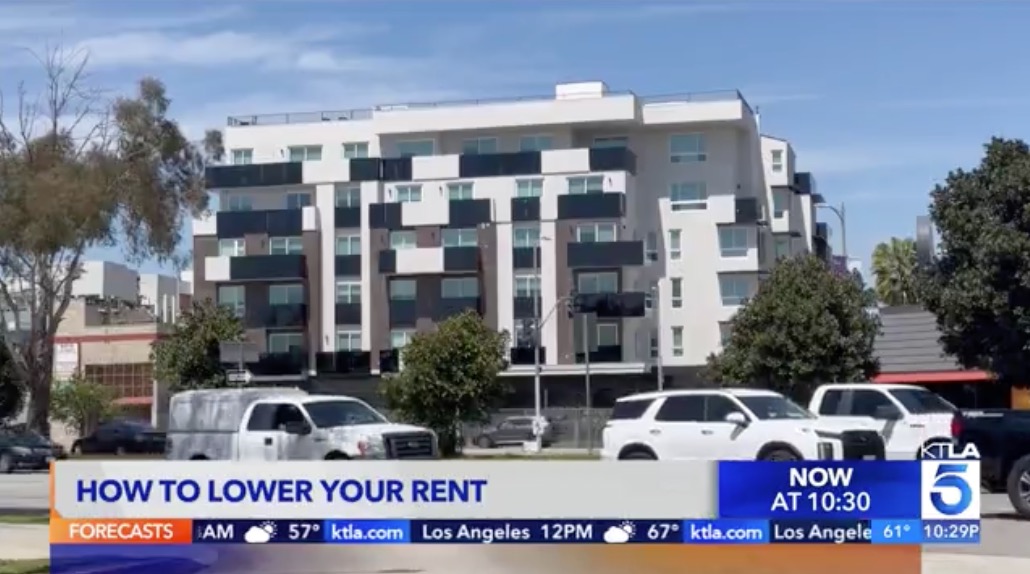Many people have service animals to help them throughout their day. Recent studies recognize how important service animals are, especially to those with physical or emotional health issues. Federal and state housing rules state that landlords are not allowed to discriminate against tenants who want to rent out an apartment with a service animal. In fact, buildings with a “no pets allowed” policy must also allow tenants with emotional support animals to live in their space.
This article will help you navigate renting with a service animal. So, remember that state and federal laws protect renters with service animals and that it is illegal for one to violate those rights. These laws help safeguard a renter’s right to keep a service animal, given that they qualify for these advantages.
How to Rent an Apartment with a “No Pets Policy”
According to Federal Fair Housing rules, a service animal is not considered an ordinary pet. This means that a landlord’s policy of not having pets in their apartment does not apply to service animals. Even if a specific area prohibits the entry of pets, the landlord must make accommodations for a service animal.
Before you approach your landlord, make sure you have proof that your pet is a certified service animal. While landlords are legally obligated to allow tenants with service animals to rent, it helps to show them you are sensitive to their concerns. After all, housing pets comes with many risks of property damage.
Consider these things before you talk to your property owner or manager:

1. Get a Letter from a Therapist Explaining Why You Have a Service Animal
Looking for accommodation with your service animal? Get your paperwork sorted out to show your landlord why you need a service animal. Fair Housing rules state that landlords can ask for documentation pertaining to service animal certification. This means that you only need one form of documentation, according to the rules laid down by the state: a recommendation letter from a professional healthcare official.
The letter you get from your therapist will prove that you have a physical or mental disability like PTSD, anxiety, or depression. This will prove that you require a service animal. Have a licensed health professional date and sign your documents. This letter must also contain information about your provider’s license and contact information.
2. Inform Your Landlord
Once you’ve acquired a letter explaining that your pet is a service animal, speak to your landlord. The best way to do this is to have an open and friendly dialogue. You have the choice to make your request to the landlord by email or verbally. Mostly, landlords understand their obligations based on the Fair Housing rules and show empathy to tenants in need of accommodations.
Your landlord has the right to ask for your emotional support animal (ESA) letter. However, you do not have to disclose your condition or any other sensitive information about your health.
After you submit your ESA accommodation, your property owner must reply to you within ten days. Your landlord cannot charge you an additional application fee or any other additional payment. If a landlord feels unsatisfied with the information they receive, they must express those concerns and give you a chance to explain. When applying for an apartment, the Fair Housing rules do not make it compulsory for the tenant to disclose an ESA. However, whenever the landlord is given an ESA request, it must be considered.
3. Make Sure Your Pet is Trained
Even though landlords must abide by Fair Housing rules, they can also deny an ESA request under some circumstances. For example, if the landlord feels that having a service animal in their apartment is a threat to the safety or health of other tenants, they can deny the ETA request. Moreover, if they think the service animal will damage the property, they can reject the tenant’s request.
While your service animal does not have to be trained, it must be obedient and well-behaved. If it causes any damage to the property, you will be responsible for covering the costs and clearing the situation with your landlord.
If you’re looking for more renter-relevant content, check out our other informative blog posts here.
Time to find a new rental home? Check out Dwellsy.








